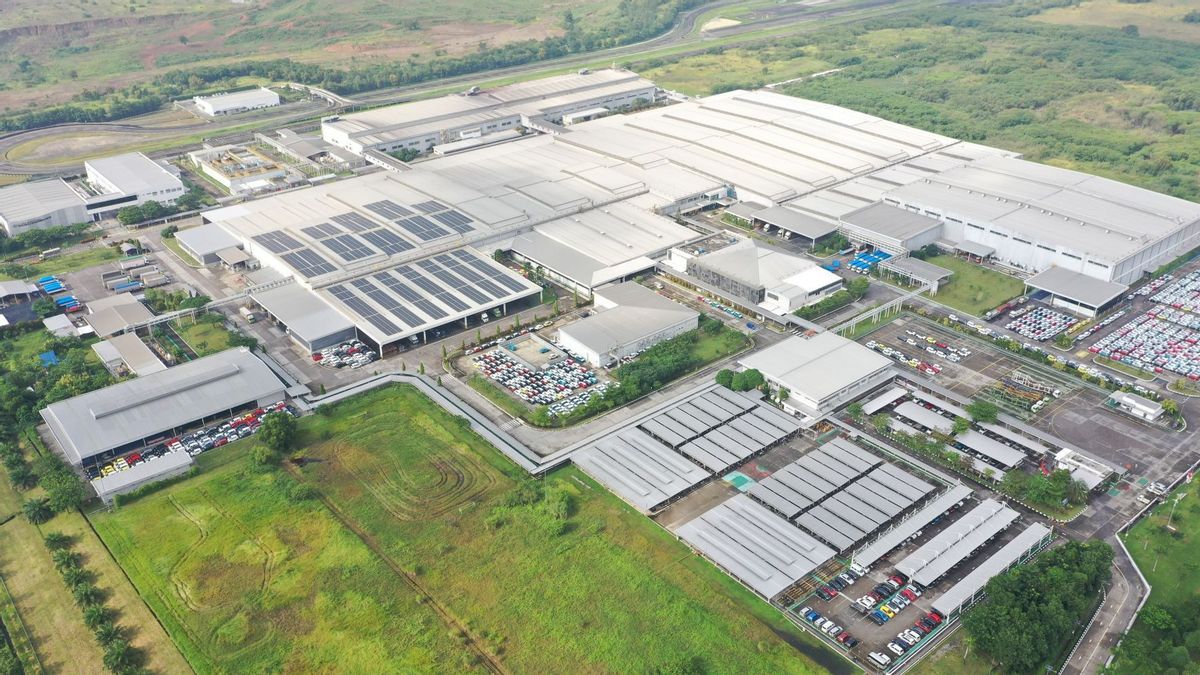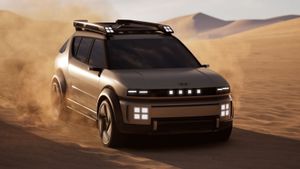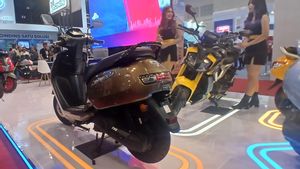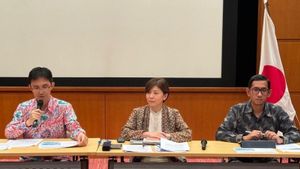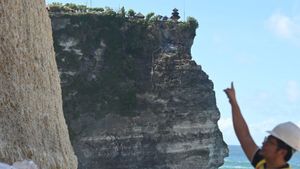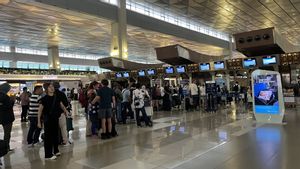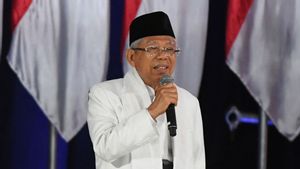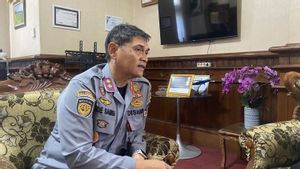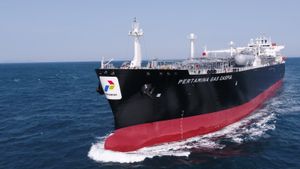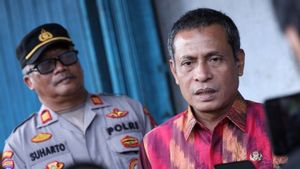JAKARTA - PT Astra Daihatsu Motor (ADM) has been established since 1978. Apart from being the agency holding the Daihatsu brand in the country, the company has also confirmed itself as a production base for cars and components outside Japan.
The company has two assembly plants located in Sunter, Jakarta and Karawang, West Java. One of its facilities in Karawang has been established since 2012 and was built on an area of more than 90 hectares located in the Surya Cipta Industrial Estate.
ADM claims, the assembly plant is capable of producing a production capacity of up to 200,000 units per year.
This factory offers facilities that are connected to advanced robotic technology so that it can carry out all production processes of four-wheeled vehicles through the application of the concept of 'Simple, Slim, & Compact'.
Corporate Communication Director and Marketing Director of PT ADM Sri Agung Handayani, said the factory in Karawang also strengthens its commitment to utilizing clean and sustainable energy.
"ADM is developing cars that are in accordance with the needs of the people in Indonesia, through the implementation of a modern and environmentally friendly production process through the assembly factory facility in Karawang, West Java," Agung said in his official broadcast, Friday, November 1.
SEE ALSO:
This commitment was demonstrated by installing solar panels in 2019 from the Cibitung Parts Center facility, followed by the Karawang factory which runs to date.
The Daihatsu factory will have a total capacity of 12.5 MW which is able to reduce more than 17,000 tons of CO2 emissions or the equivalent of providing clean electricity for more than 1.5 million houses.
The car assembly process begins with the Press Shop, which starts with an iron slab which is then printed with a printing machine for thousands of tons to form a vehicle in its entirety.
At the same time, the construction of car engines was also carried out at the Casting Shop. Here, the engine blocks are made of liquid aluminum printed with high-tech engines, with perfect precision levels.
The engine blocks that have been formed and completed quality tests are then taken to the Engine Shop to be assembled to become ready-to-use car engines. After that, the finished engine and body components are ready to be unified into a complete car through the Assembly Shop.
The body of a intact car is ready to enter the next process, namely painting. The car is soaked into basic paint liquid with the latest technology to make stainless iron and strengthen the outer paint.
The painting process uses assistance from robotic technology, which produces more perfect glossy body.
After that, the car enters the process of installing the interior and engine. To speed up the process, assembly is carried out with precision according to global production quality standards.
Cars that have been fully shaped are carried out in various kinds of tests, such as drum tests for braking and water leaking tests for leakage testing on cars.
The English, Chinese, Japanese, Arabic, and French versions are automatically generated by the AI. So there may still be inaccuracies in translating, please always see Indonesian as our main language. (system supported by DigitalSiber.id)
